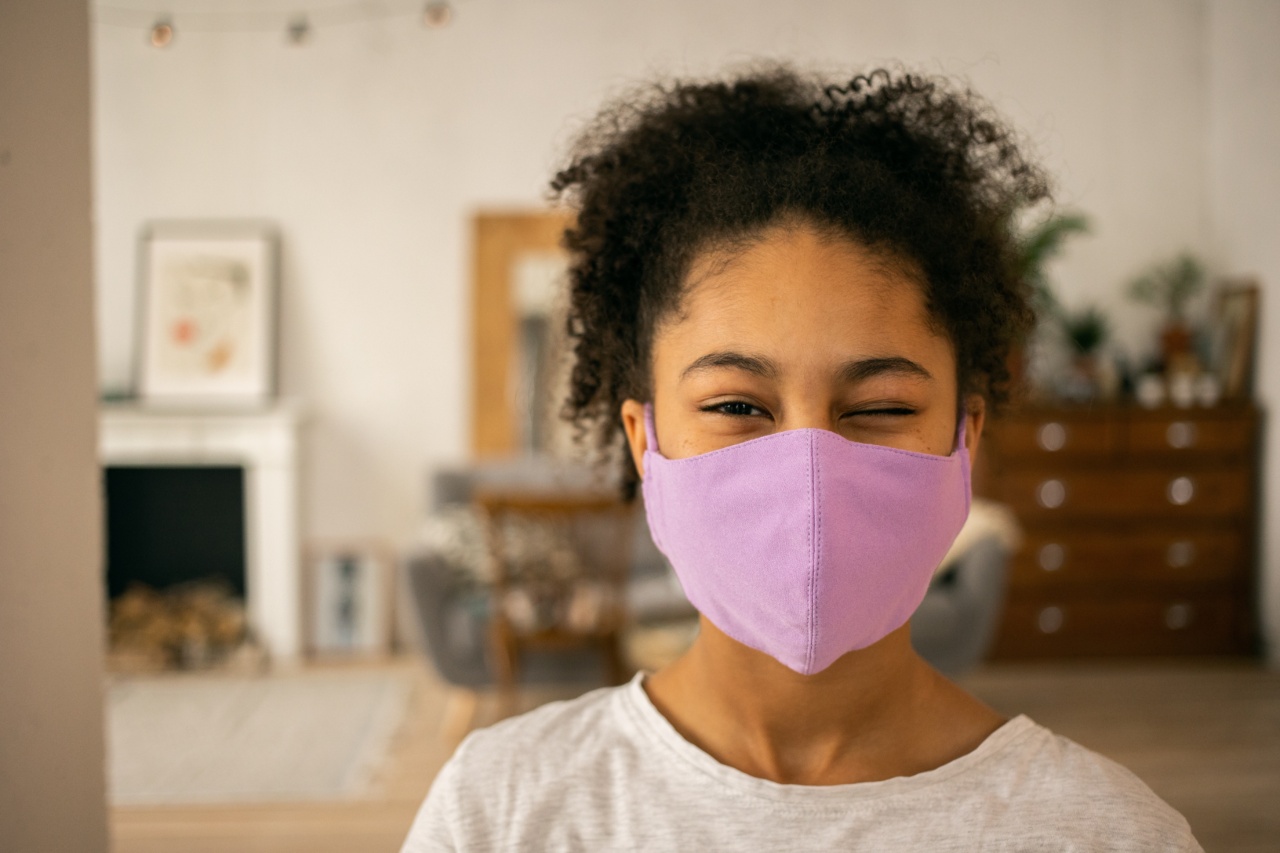Living with a child who has a peanut allergy can be challenging, as peanuts are one of the most common food allergens, and exposure to even trace amounts of peanuts can trigger a severe allergic reaction.
As a parent, it is crucial to take measures to keep your peanut-allergic child safe. By following some simple guidelines and implementing safety measures, you can ensure your child’s well-being and minimize the risk of accidental exposure to peanuts.
Understanding Peanut Allergy
Before we delve into the safety measures, let’s understand what a peanut allergy is. Peanut allergy is an immune system reaction that occurs soon after consuming peanuts or peanut-containing products.
This allergy is quite common and can range from mild to severe, with the potential for life-threatening anaphylaxis.
Consult with an Allergist
If you suspect that your child has a peanut allergy, it is essential to consult with an allergist for proper diagnosis and management. An allergist can conduct specific tests to confirm the allergy and provide guidance on how to keep your child safe.
Create an Allergy Action Plan
Work with your child’s allergist to create an allergy action plan.
This plan should include detailed instructions on how to avoid peanuts, recognize allergic reactions, administer medication (such as an epinephrine auto-injector), and seek immediate medical assistance.
Educate Your Child
Teach your child about their peanut allergy in an age-appropriate manner. Help them understand what peanuts are, why they are allergic, and how to identify peanut-containing foods. Teach them to never accept or share food without checking with you first.
Read Food Labels Carefully
When grocery shopping, meticulously read food labels to identify potential peanut ingredients or traces.
Look for statements such as “may contain peanuts” or “processed in a facility that also processes peanuts.” In such cases, it’s best to avoid the product altogether.
Avoid Cross-Contamination
Cross-contamination can occur when peanut residue from one food comes into contact with another food, potentially leading to an allergic reaction.
Prevent cross-contamination by thoroughly cleaning and sanitizing utensils, countertops, and kitchen surfaces after handling peanuts or peanut-containing products.
Create a Peanut-Free Zone at Home
Designate specific areas in your home as peanut-free zones. This could include the dining table, certain rooms, or even the entire house.
Educate family members and caregivers about the importance of keeping these areas completely peanut-free to reduce the risk of accidental exposure.
Inform School and Other Caregivers
Inform your child’s school, daycare, and other caregivers about their peanut allergy. Work with them to develop a plan that ensures your child’s safety during school hours or while under the supervision of others.
This may include providing allergy-friendly snacks, educating staff about an emergency action plan, and having your child wear a medical alert bracelet.
Encourage Hand Hygiene
Regularly remind your child to wash their hands thoroughly with soap and water before and after eating, especially when outside the home. Hand hygiene helps reduce the risk of accidentally ingesting peanut residue.
Be Prepared for Emergencies
Always have an epinephrine auto-injector available for your child and those around them who are aware of its use.
Teach family members, friends, and caregivers how to use the auto-injector correctly and ensure it is readily accessible in case of an emergency.
Raise Awareness
Advocate for your child and raise awareness about peanut allergies within your family, community, and your child’s school.
Education and understanding will help create a supportive environment and facilitate better management of your child’s allergy.
Conclusion
Living with a peanut-allergic child requires diligence and proactive safety measures. By taking steps to educate yourself, your child, and those around you, you can create a safer environment.
Remember to always consult with medical professionals for guidance specific to your child’s condition and stay up to date with the latest research and recommendations regarding peanut allergies.































